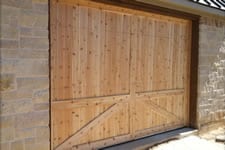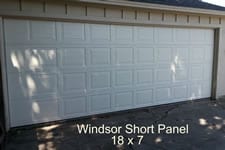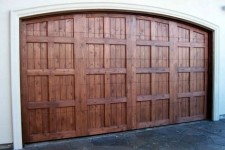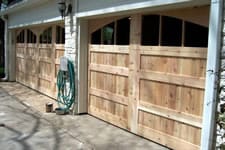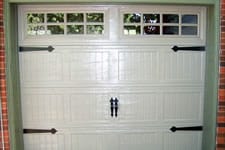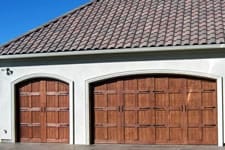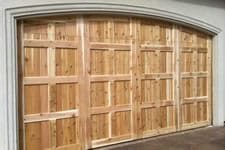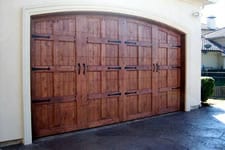A garage door has two different types of springs: Extension Springs and Torsion Springs. Springs are a very important part of the function of garage doors. Springs manage the counterbalance of the garage door. Counterbalance does the heavy lifting of the garage door by offsetting the weight. To achieve a counterbalance, the system will use torsion springs or extension springs with cable wires to function properly ad safely. Modern garage doors tend to use torsion springs due to the durability and safety, but both will get the job done efficiently.
Torsion Springs for Garage Doors
Torsion springs are large springs, installed above the interior side of the garage door, which wind or unwind when opening or closing the door. They can have custom size and length according to the size and weight of the garage door. According to the size and weight of the garage door, there may need to be more than one spring. Torsion springs are more expensive than extension springs, though they are more durable, balanced, and long-lasting. They are known to last approximately between 15,000 to 20,000 cycles.
Extension Springs for Garage Doors
Extension springs have been around longer than torsion springs. Instead of installation on top of the garage door, they are installed on the sides of the top. They work by extending the springs to open or close the door. They are considered a cheaper option for garage door springs but aren’t recommended for large garage doors, because it could overwork the springs and risk the springs snapping and flying off. They require maintenance, only last around 10,000 cycles, and are less balance than torsion springs.
If you need maintenance on your garage door springs, give A1 Affordable Garage Door Repair a call for your regular maintenance or spring replacement. Or if you are experiencing any problems with your garage door, we would be happy to do a professional check to help you fix your problem quickly and efficiently. We service all the Dallas Metro Plex including Plano Tx.


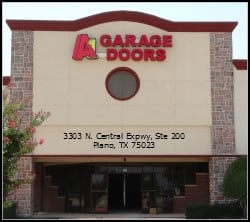
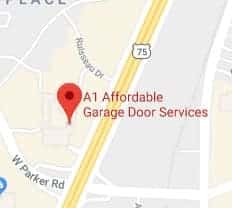 Click For Large Map
Click For Large Map